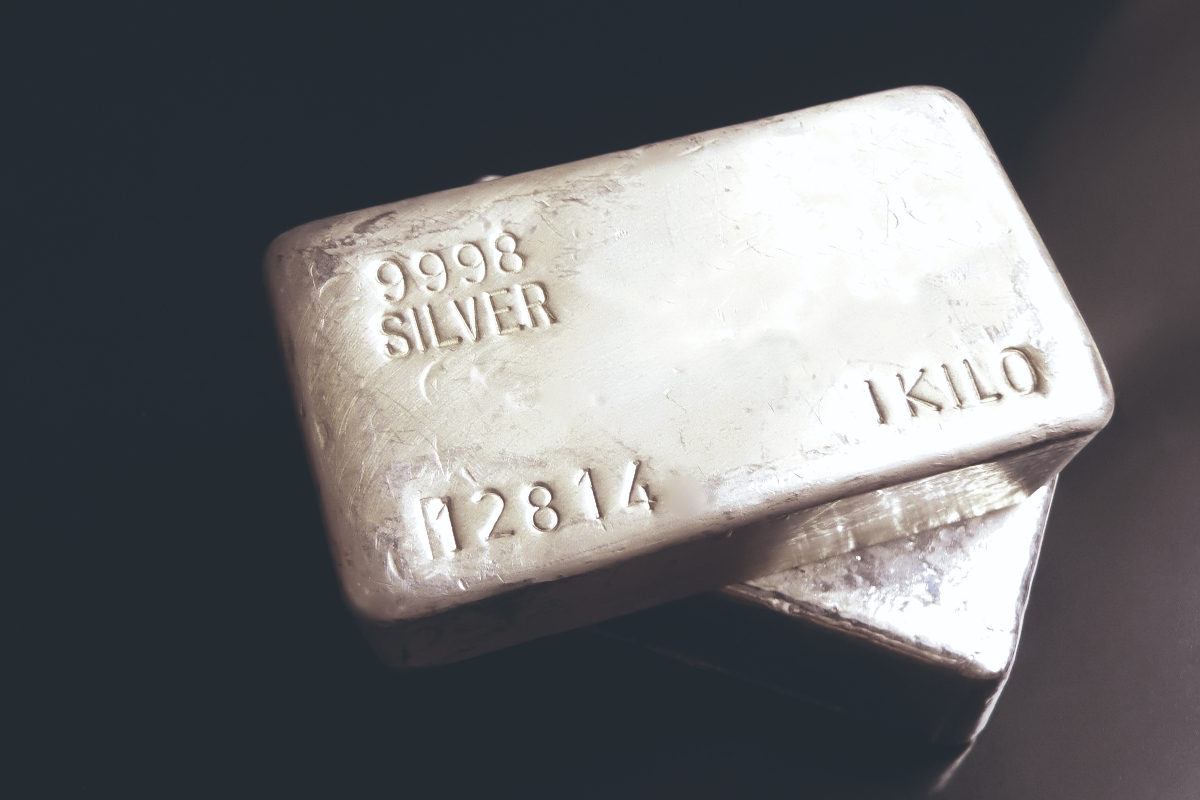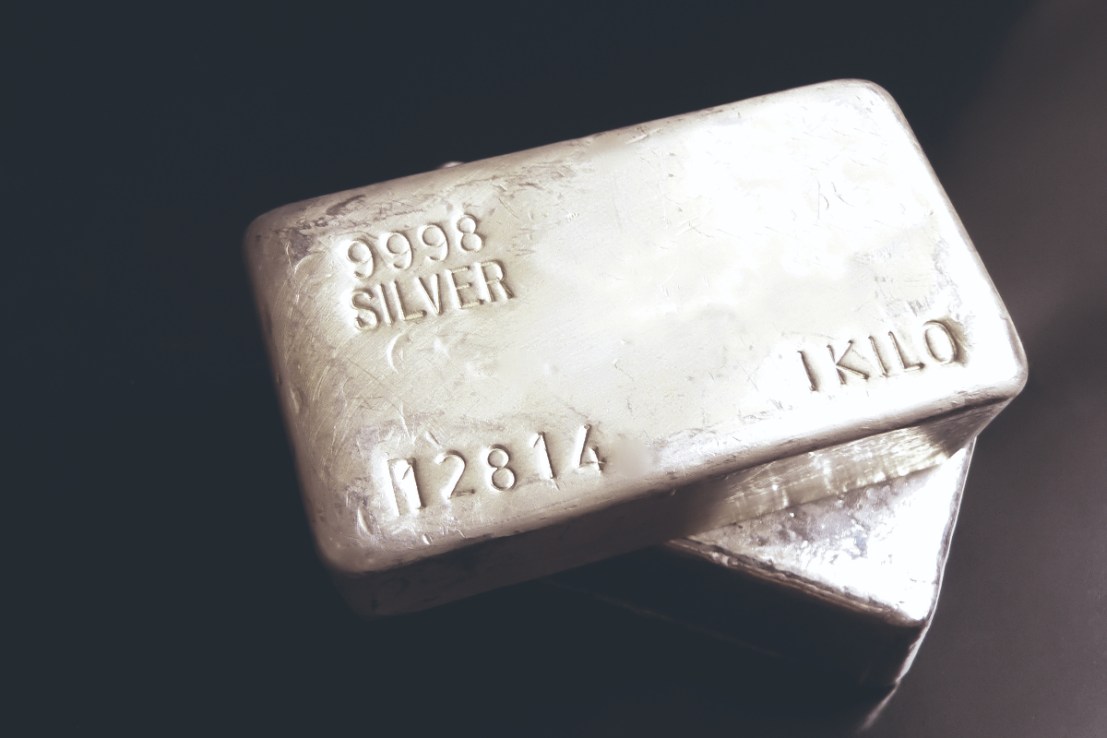‘Long On Silver’: what’s behind the precious metal’s recent rally?
The price of silver is up over 31 per this year, rallying from roughly £18 per ounce (/oz) at the start of 2024 to £24 today. Why?


The price of silver is up over 31 per cent this year, rallying from roughly £18 per ounce (/oz) at the start of 2024 to £24 in late May.
Despite sometimes being dismissed as a “poor man’s gold,” the precious metal has rewarded investors looking to shore up their portfolios amid expectations of sticky inflation and continued uncertainty.
A febrile geopolitical atmosphere and a general trend towards de-globalisation could largely explain silver’s bullish behaviour of late – but is there more to it?
The relationship between gold and silver
In many people’s eyes, silver and gold perform the same role in a portfolio. They are both safe-haven assets that have a track record of helping stave off the value-sapping effects of inflation.
This is largely due to the two metals’ scarcity, practical use cases, and intrinsic value.
However, there are also some significant differences between the two metals, which means that while their prices do loosely correlate, they can also behave very differently over the same window.
Most obviously, silver has more practical uses by an order of magnitude. Used in mirrors, jewellery, coins and a vast number of industrial and technological products, the metal is both more common and more widely traded than its yellow counterpart.
According to the World Silver Survey, half of all silver is used in heavy industry and high technology, and it is a crucial raw material for mobile phones.
This means that, as an investment, it behaves more like a commodity than gold, its value fluctuating in correspondence with changes in industrial demand and mining supply.
This, along with the fact that – as an investment – silver is considerably more illiquid (meaning it changes hands less often and in smaller quantities) than gold, means that volatility in silver can be two or three times greater than gold.
The final main point of difference relates to silver’s inferior status as a reserve for central banks. Thanks to its universally recognised property as a store of value, gold has always been an important component of central bank reserves.
This means it is not subject to the same price fluctuations based on central banks’ desire to buy, hold or sell gold, a driver that is partially behind this year’s gold rally. [note: link to gold piece]
What’s behind the silver rally?
The recent bounce in silver prices has particularly taken off in the past three months. As recently as 27 February, silver was changing hands at £17.7/oz, making the charge up to the £24 mark, around which it is fluctuating today all the more drastic.
There are three main factors behind investors’ recent embrace of silver, which occupies an unusual space that sits halfway between safe haven and commodity. First is, much like copper, demand for silver has been steadily ticking up amid a cautious consensus breaking out that global economic activity is starting to pick up.
This demand squeeze has been amplified by a supply pipeline that looks tight, prompting expectations of a deeper deficit. Dutch banking giant ING believes silver stockpiles on the London Bullion Market Association to be at their second lowest level on record in April. And volumes are at seasonal lows on New York and Shanghai exchanges.
Finally, some investors partly missed out on the recent gold rally, which started last year and continued into the first quarter of 20-24. Its white counterpart had stayed cheaper for longer, and so, some felt, represented better value and had further to go up.



